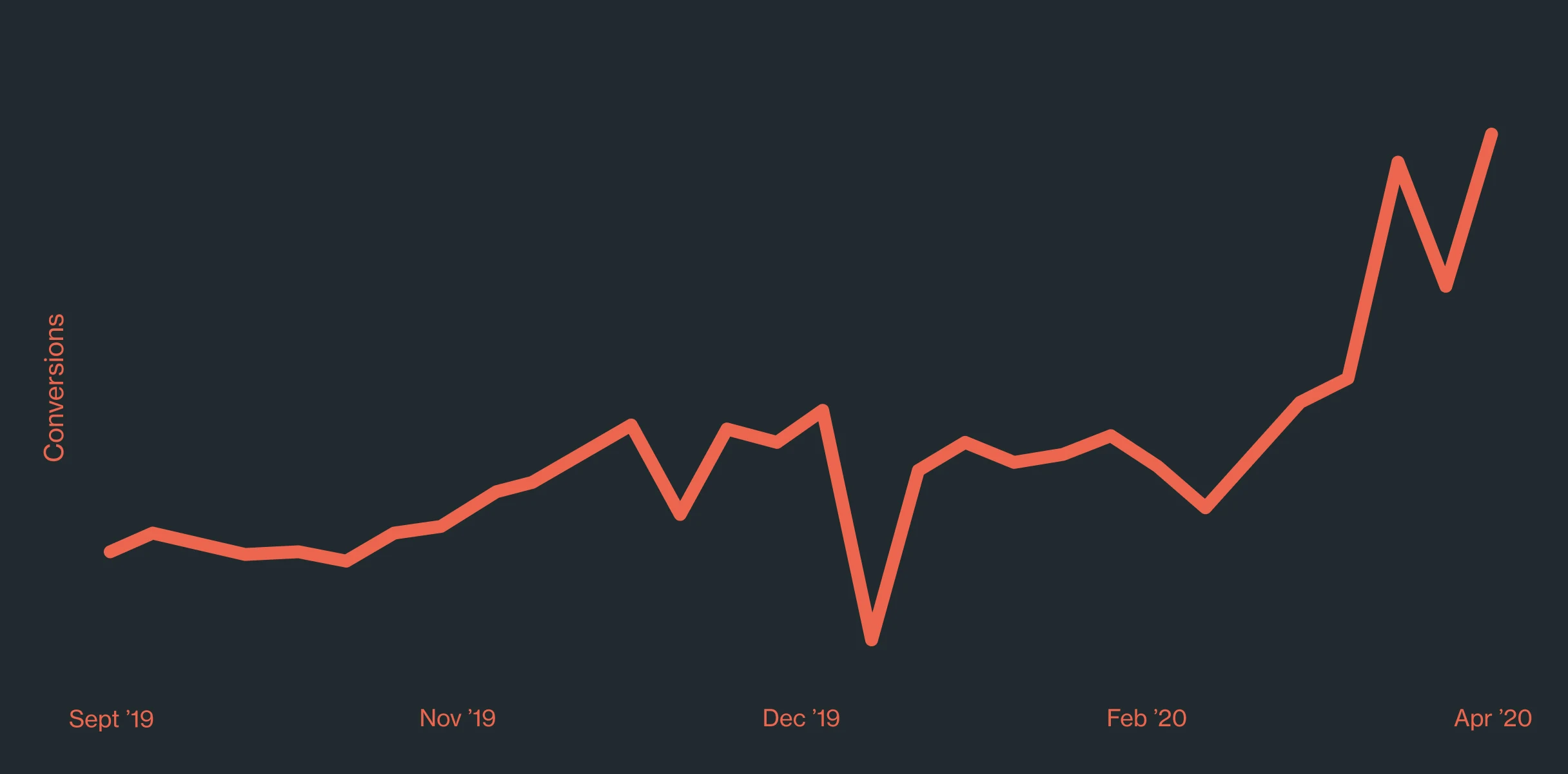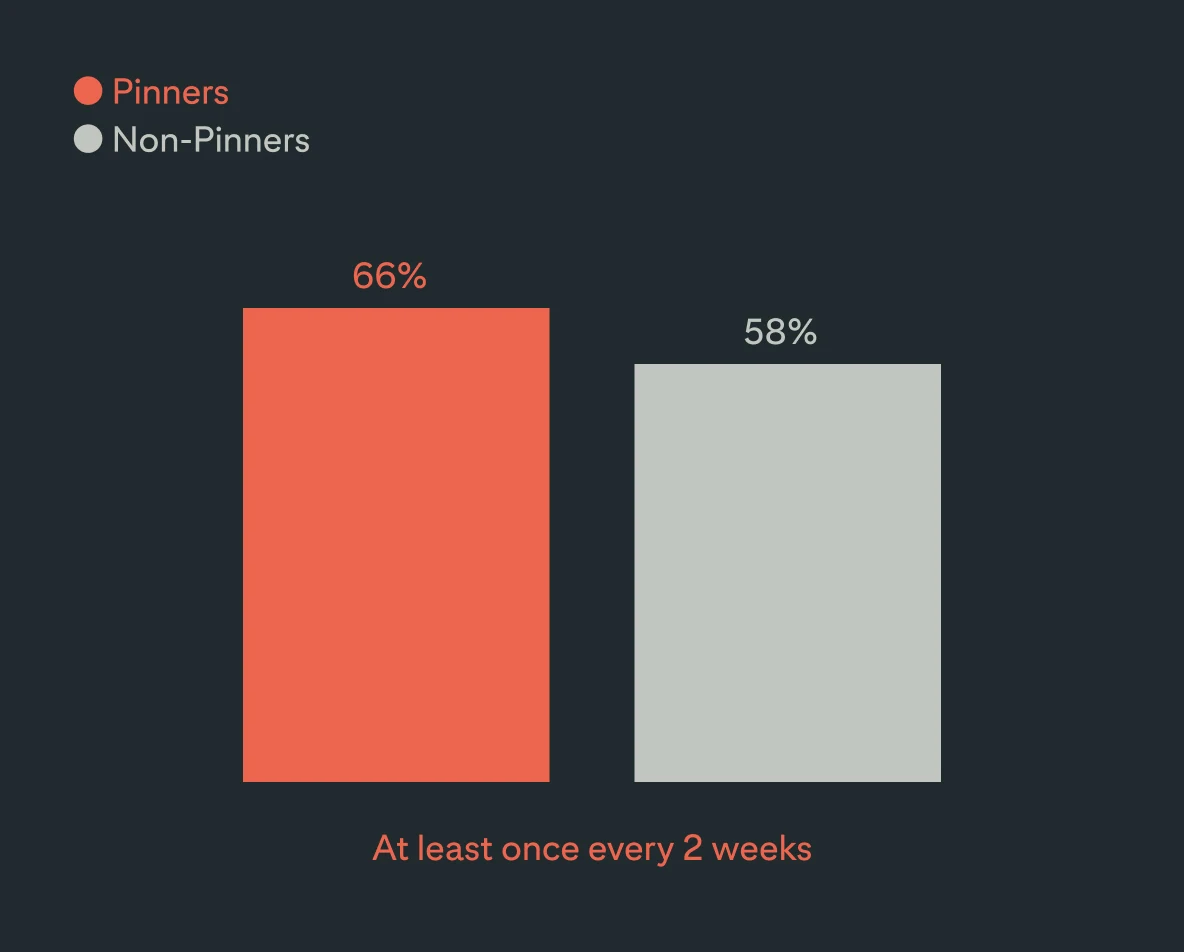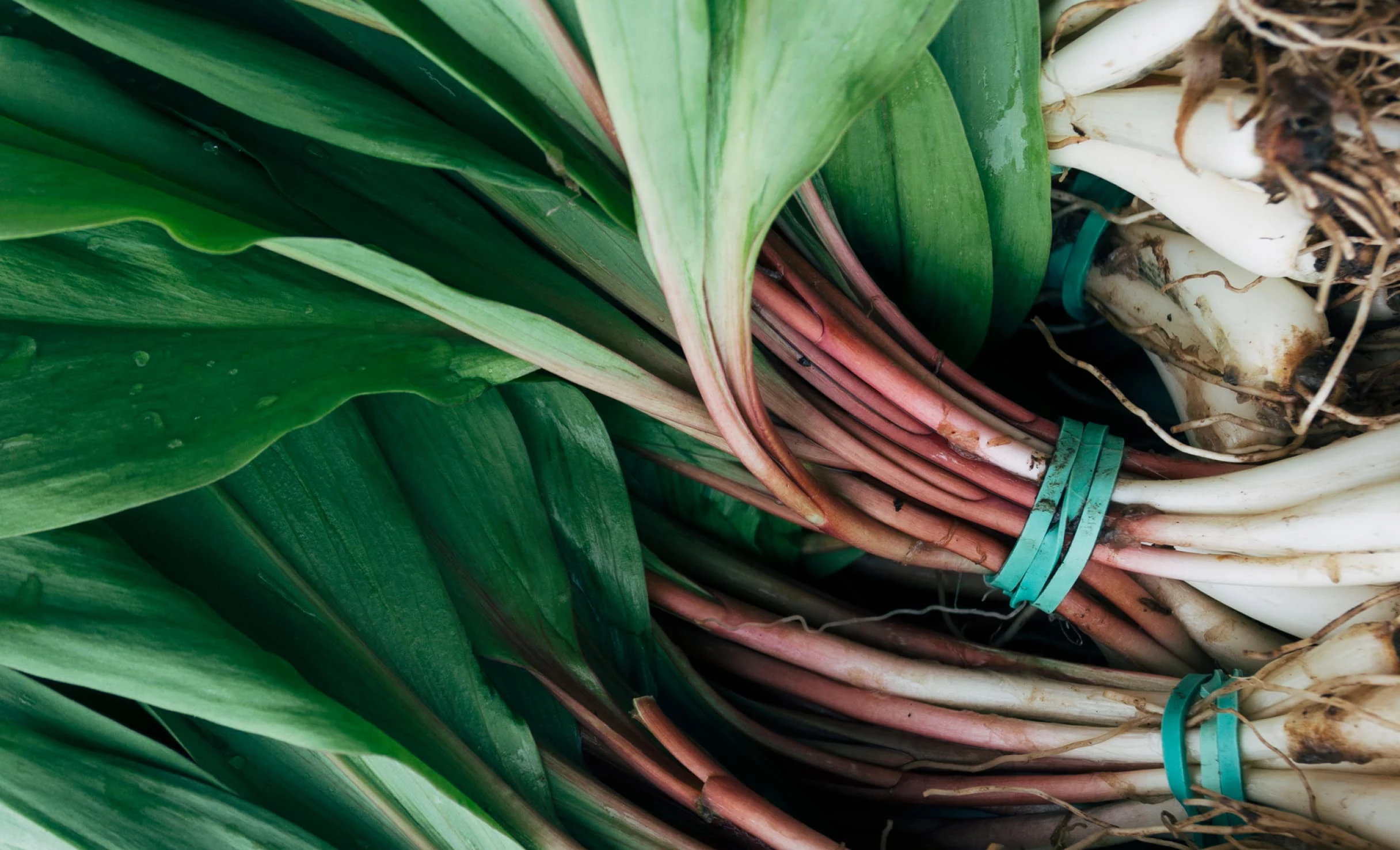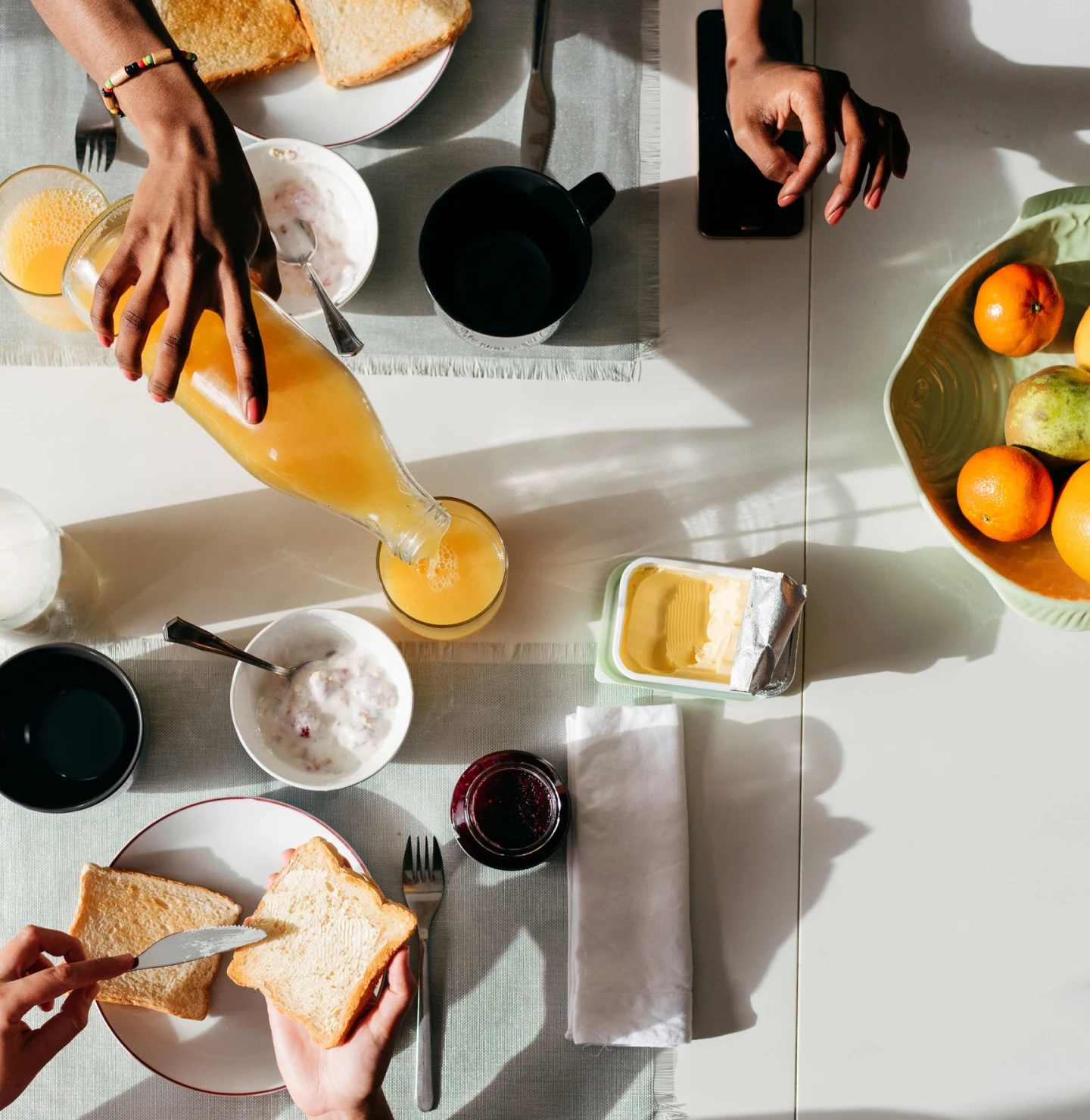The Point: Building an online grocery strategy? People who use Pinterest can be your muse: They’re more likely to buy groceries online and spend more, too.
Since the COVID-19 crisis began, we’ve increasingly called on masked heroes working for delivery services to fetch our groceries. An estimated 50% of all US consumers have now grocery-shopped online, a whopping 40% increase over last year.1
We’re seeing this trend play out in a big way on Pinterest, a top destination for food inspiration. As shelter in place orders began in March, the number of online purchases Pinterest drove to grocery retailers jumped nearly 70% over February. This trend only further accelerated in April.2
And the shift is likely here to stay, even after quarantines are lifted. eMarketer predicts the COVID-19-led adjustment will “cause a lasting step change” in grocery ecommerce.3 Shoppers who’d never tried buying groceries online will become more comfortable with the habit, the research firm says.
Online grocery purchases driven by Pinterest increased in 20202

Weekly grocery checkout trends, based on Pinterest conversion data
Pinners shop for food online more often than people who aren’t on Pinterest
Before the pandemic, two in three Pinners shopped for groceries online at least once every two weeks—15% more likely to do so than non-Pinners. Post COVID-19, we expect Pinners to continue to increase their frequency of food-shopping online.4
Rates for online grocery shopping4
+14% index for Pinners who grocery shop online at least once every two weeks, compared to non-Pinners

Pinners spend more on groceries
Pinners also end up spending more when shopping for groceries online—25% more than non-Pinners for click and collect shopping. For personal shopping and delivery, which is more common in urban areas, Pinners spend 14% more than non-Pinners.4

Pinners are highly valuable shoppers who spend more than non-Pinners4
index to non-Pinners for brick and mortar
index to non-Pinners for mail delivery
index to non-Pinners for click and collect
index to non-Pinners for personal delivery
Help people plan their next meal
As work life and home life have blurred, people on Pinterest (and beyond) are seeking no-fuss ideas for meals. In April, we saw searches for “quick easy meals for dinner” increasing 155% over the previous month.5
It makes perfect sense. COVID-19 has complicated our lives. Consumers want to simplify where they can. To that end, they’re increasingly choosing speed and convenience over cost and selection.
Consequently, the expectation of how we shop for consumer staples is changing. Consumers are searching for quicker, easier food inspiration. And they’re also looking for a seamless experience that brings ingredients from stores to their kitchens in just a few clicks.
Pinterest is an ideal platform for brands to reach online grocery shoppers and deliver the digital shopping experience they're looking for. Here are three ways consumer staple brands can take advantage of this key shift in consumer behavior:
1.
Build the relationship
Many digital grocery shoppers are new to the experience. Form a relationship and earn consumer loyalty that will last beyond their first-time engagement. Inspire consumers with ads and content that elevate their meal planning, shopping tips and other ideas for taking the stress out of shopping, cooking and eating.
2.
Reduce the shopping friction
Set up a seamless digital shopping experience that lets people find and easily purchase whatever they need. Pinterest has partnered with several ecommerce technology partners that can easily make your digital media shoppable.
3.
Keep it simple
Digital grocery shopping is not yet an established habit. Make sure your Pin creative clearly communicates the action you want your consumers to take. Your creative should be visually appealing and actionable, following creative best practices. Here's a great example from HORMEL® of a seamless grocery shopping experience.
As digital grocery shopping shifts back from a necessity to a choice, brands and retailers that help consumers move easily from inspiration to purchase will win not only category share now, but also increased brand loyalty into the future.
